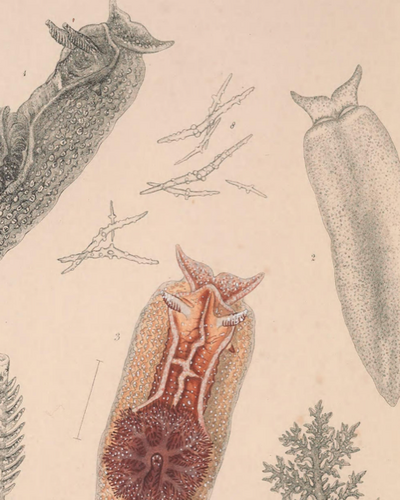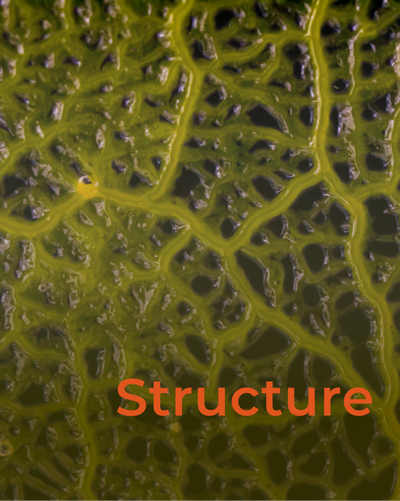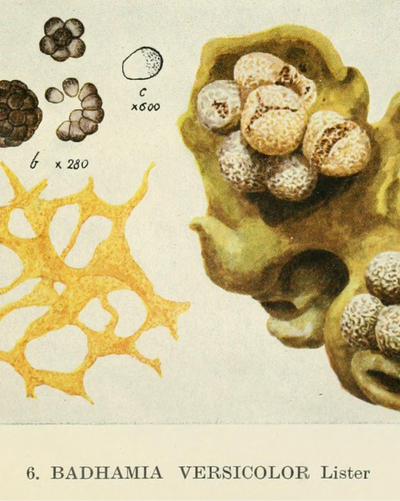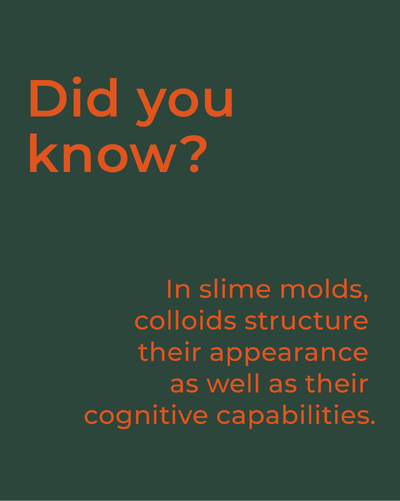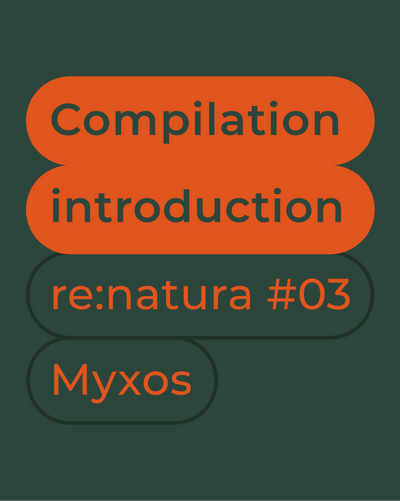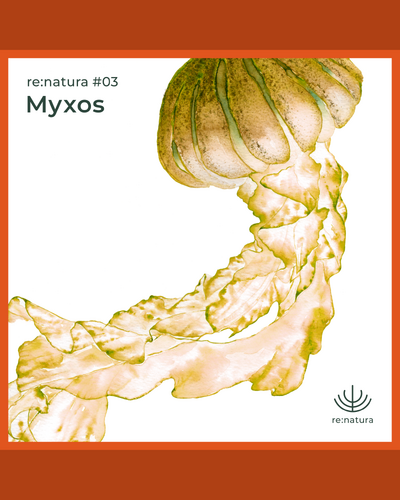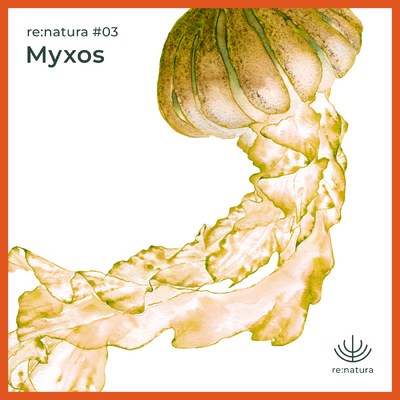Gregor Dys
||
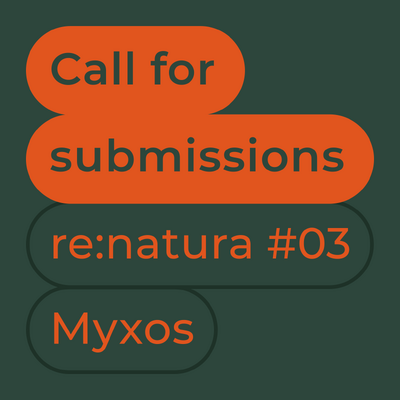
Hier findet ihr Infos zur dritten Staffel der re:natura Compilation:
SUBMISSION HERE
Often associated with disgust, disease or decay, hydrogels – also known as mucus, secretion, jelly, or goo – form a cornerstone of life. Essential biological functions such as mobility, (immune) defense, reproduction, or food intake are often enabled by complex and diverse colloid networks. In water, underground or in the air; in interfaces or under extreme conditions: so-called biofilms can be found everywhere, forming an almost universal interface.
From Bathybius Haeckelii - the presumed “primordial matter” – as the source of life, to holobiontic hybrid beings according to Lynn Margulis, or as a purveyor of cosmic horror à la H. R. Giger or H. P. Lovecraft, it is impossible to imagine human cultural history without slime. But, even this universal medium is confronted with the complex outgrowths of man-made climate change, such as the acidification of the oceans or the extinction of species.
After Symbiosis and Ratio, artists in the field of sound art, sound design and experimental music are invited to share their approach to this quite obscure, as well as elementary topic in the third edition of the re:natura compilation series. The essence of slime, which rarely comes to the fore but is nevertheless ever present, is given a stage. Associative, descriptive as well as analytical concepts are welcome.
Submission are due Sunday, July 30, 2023:
Please adhere to our submission notes – only submissions via the google form will be accepted!
After a subsequent review, a selection of 6-10 titles will be compiled and published on our Bandcamp website.
The compilation is curated by our label - the selection will be made based on formal requirements as well as artistic quality and harmony with our self-image. The entire proceeds of the compilation will go to the biodiversity program of Friends Of The Earth Germany.
if you have any questions about our project or your submission, please contact
label.re.natura@gmail.com
<<<<<<<<<<<<<<<<<<<<
<<<<<<<<<<<<<<<<<<<<
Submission Notes:
• There are no fixed genre boundaries, experiments are welcome - have a look at our instagram profile and listen to our previous compilation to get a feel for our approach!
• Your contribution should be created specifically for the common topic of the compilation and should not exceed 8 minutes.
• Titles should be transmitted as non-mastered *.wav files (24-bit, 44.1 kHZ) (-9dB to -3dB)
• The file name should contain ARTIST NAME and TRACK TITLE (ARTIST_TRACK.wav)
• Please submit your contribution with commentary and contextualise your work:
A short description of your concept (100-300 words) is necessary.
• You can find further inspiration and topic ideas in the announcement text above, on our instagram feed, through internet research, public libraries, documentaries, etc. We are also available for friendly enquiries via label.re.natura@gmail.com
• Please do not submit any previously published and / or copyrighted material.
• Have fun creating!
<<<<<<<<<<<<<<<<<
About re:natura
https://www.instagram.com/label.re.natura/
https://renatura.bandcamp.com/releases
re:natura is a non-profit artist collective, music label and experimental laboratory with a clear, shared vision.
In our work we explore animals, plants, landscapes, celestial bodies and natural phenomena in the critical tradition of naturalists and sound futurists. We are driven by our personal passion for sound and science.
Nature serves as a source of inspiration for our publications.
As non-profit artist collective, we’ve decided to donate all of our proceed to Friends Of The Earth Germany to support a healthy biodiversity.
spenden.bund.net/naturschutz/?wc=24493

Zuletzt bearbeitet:
